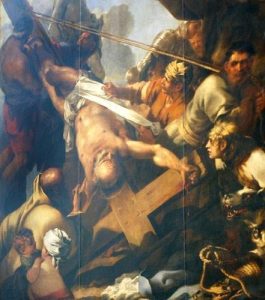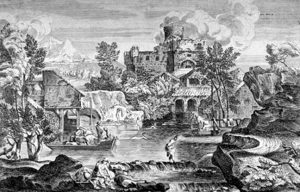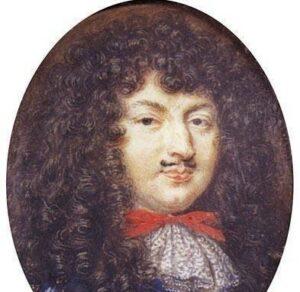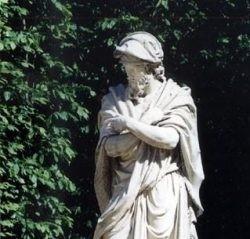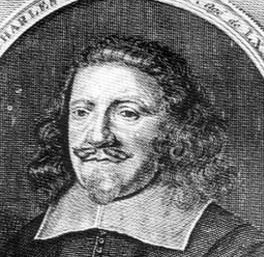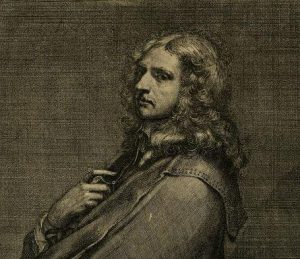His childhood and education (1616-1636)
Sébastien Bourdon was born in Montpellier on 2nd February 1616 – his family were craftsmen of modest means. His father, Marin, was a painter and glazier, his mother, Jeanne Gaultière, was the daughter of a master goldsmith. Sébastien was baptised on 10th February in Montpellier church.
When he was six, Montpellier suffered a difficult time because it refused to recognise Louis XIII : under the leadership of the Prince of Condé, it resisted a siege by royal troops Although the town managed to hold out for three months, it finally surrendered and the king’s army took control in 1622.
Sébastien, still only a child, was sent to Paris as an apprentice artist and around 1630 he went to Bordeaux and Toulouse, later moving back to the capital.
Bourdon's stay in Rome, a dangerous place for a Protestant to be (1638-1652)
He continued his training in Rome, which was considered to be the ideal place for an artist at that time. He became the close friend of painter Louis de Boullogne (senior), who put pressure on him to renounce his faith, but without success.
He had to leave Rome because a painter with whom he had quarrelled threatened to denounce him as a heretic to the Inquisition.
The first Parisian period (1638-1652)
On his arrival in Paris, he became very friendly with Louis du Guernier, a Protestant painter, and actually married his sister Suzanne, (who was the widow of the engineer Nicolas Colsonnet), on 13th January 1641 in the church at Charenton. Through his marriage he came into close contact with the Protestant circle of artists, goldsmiths and jewellers.
In 1643, the corporation of goldsmiths chose him to paint their altarpiece, an annual gift to Notre Dame in Paris. The painting, called The Crucifixion of Saint Peter, can still be seen in Notre Dame today.
Sébastien’s son, Abraham, born in 1648, was baptised in the church at Charenton – his godfather was Abraham Bossse.
In the same year, Sébastien Bourdon took an active part in the founding of the Academy and was one of the twelve “Elders”. From the very beginning he was a key member of a dynamic group of artists working for this institution – among them were his brother-in-law du Guernier, the two Testelins, Ferdinand Elle, Samuel Bernard, Thomas Pinagier and Abraham Bosse.
Stockholm - Paris - Montpellier (1653-1658)
Bourdon was in Stockholm from 1652 to 1653. Although he did not stay there for long, it was an important time for him as he came to the attention of Queen Christine of Sweden, who considered him to be an outstanding artist.
From 1653 to 1657, after the Fronde civil war, life was easier for artists in Paris, and Bourdon received some major commissions.
Then from 1657 to 1658 Bourdon went to Montpellier, where he had been asked to paint The Fall of Simon the Magician. This picture was to be hung above the main altar in the Saint Pierre cathedral – and it can still be seen there today. While he was in Montpellier he also painted many portraits.
The last Parisian period (1658 - 1671)
After the death of his wife in September 1658, Bourdon married Marguerite Jumeau, the daughter of a merchant in Tours. The well known pastor Drelincourt presided at the wedding in the church at Charenton. His new wife was probably part of du Guernier’s circle of Protestant friends, who were also present at the baptism of Henri Testelin’s son Sébastien on 11th November 1665. It is interesting to note that Bourdon was godfather.
The child died in 1669 and Bourdon was present at the funeral in the churchyard in Saints-Pères.
Sébastien Bourdon himself died on 8th May 1671 and was buried in this same churchyard in the suburb of Saint Germain.
All Sébastien’s children were also buried in the churchyard of Saints-Pères, which was for those of the Reformed faith.
By 1687, his daughter Anne (born 1653), was the only survivor. However, she no longer lived in France – the Revocation had forced her to flee the country.


